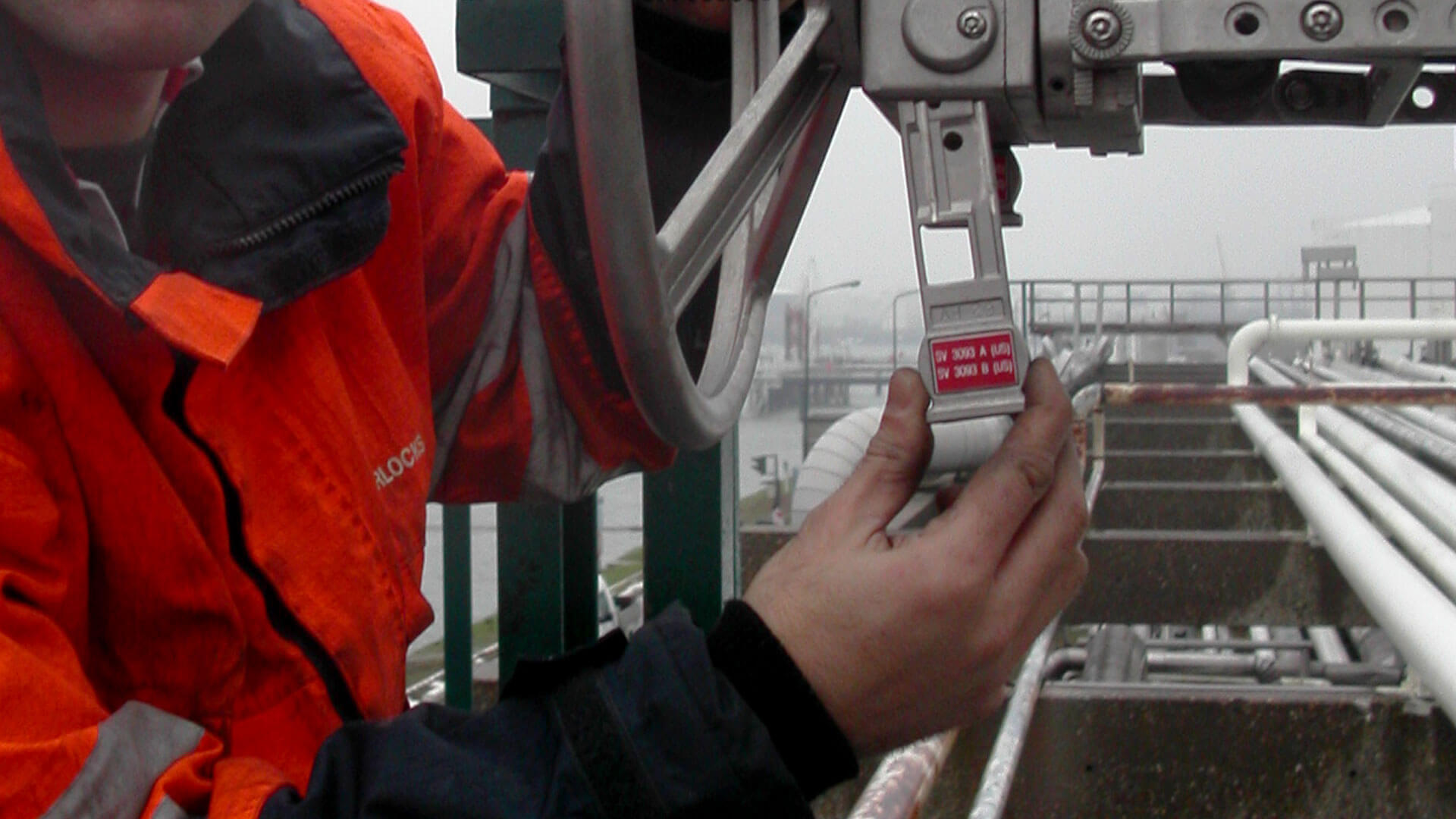In 2020, a serious incident occurred at Valero’s Mereaux refinery in Louisiana when a hydrocracker unit released a flammable mixture of hydrogen and hydrocarbon gas. The gas ignited, triggering an explosion and fire that severely injured an operator and caused over $5 million in damages. The underlying issue: an emergency pressure-relief valve failed, and a critical decision made under pressure led to the catastrophic release.
The sequence of failure
Following heavy rainfall, operators noticed unusual flaring from the hydrocracker’s cold separator. While the unit seemed to be operating at normal pressure, its emergency pressure-relief valve had stuck open, unintentionally venting flammable gases. Two managers contacted the complex manager and received verbal approval to take immediate action to stop the flaring by “reseating” the valve. ‘Reseating’ involved reducing the inlet pressure to the stuck valve by partially closing an isolation valve. If the relief valve shut properly, it could be returned to normal service. This was considered an urgent but controlled response until the wrong valve was chosen.
Critical misjudgment
Field operators raised concerns about safely accessing the two 6-inch high-pressure inlet valves. As a workaround, the team decided to close a more accessible 20-inch outlet valve instead. The problem? That outlet valve was rated for only 275 psi, far below the 2,100 psi of pressure it would soon face. As the operators closed the valve to around 90 percent, it catastrophically failed. A cloud of hydrogen and hydrocarbon vapor burst out, ignited, and caused the explosion. Roughly 49,000 pounds of flammable gas were released in seconds.
What went wrong and why
Valero’s internal investigation and the U.S. Chemical Safety Board (CSB) concluded that the explosion was directly caused by closing the underrated 20-inch outlet valve instead of one of the two appropriately rated inlet valves. The outlet valve simply wasn’t built to handle that pressure. The hazard went unrecognized during the rush to stop the release, and standard operating protocols didn’t physically prevent this dangerous option.
Valve interlocks prevent unsafe actions
This incident could have been avoided with a valve interlocking system, a mechanical safety solution that guides operators through the correct sequence of valve operations using uniquely coded keys. These systems physically prevent unsafe actions by requiring one step to be safely completed before the next can begin. In this scenario, valve interlocks would have ensured that the inlet valve was fully closed before the outlet valve could be operated. The sequence would be enforced, eliminating guesswork or improvisation in a high-pressure situation.
How valve interlocks work
Valve interlocks are mechanical safety systems that guide operators through a fixed, safe sequence when handling pressure safety valves. They use a series of uniquely coded keys to physically prevent incorrect or dangerous actions. Here’s how the process works in a system with two pressure safety valves, one active, one on standby.
- It starts in the control room, where the operator takes a key that unlocks the inlet valve for the standby safety valve. This valve must be opened first to make sure there is a working pressure relief path before touching the valve currently in service.
- Once the standby inlet valve is fully opened, the valve interlock mechanism traps the first key and releases a second one. This ensures the standby valve stays open and can’t be shut while the next steps are in progress.
- The second key is then used to close the inlet valve feeding the safety valve that needs to be taken offline. When this inlet valve is securely shut, a third key is released. At this point, the flow to that safety valve is fully cut off.
- Next, the third key is inserted into the outlet valve of the same safety valve. Closing this outlet valve fully isolates the unit from the system. Once closed, a fourth key is released.
- This final key is returned to the control room to confirm that the isolation sequence has been correctly completed and that the safety valve is now safe for maintenance.
- By forcing each step to happen in the correct order, valve interlocks eliminate the risk of isolating equipment while it’s still exposed to pressure. They make critical safety procedures simple, visible, and foolproof.
Going beyond compliance to design for real-world decisions
Valve interlocking systems do more than enforce procedure; they help prevent the kind of improvised decisions that often occur under stress. They reduce reliance on memory, judgment calls, or incomplete communication. In situations like Mereaux, that difference can mean the avoidance of injury, loss, and downtime. The explosion at the Valero refinery wasn’t just a technical failure; it was a breakdown in operational safeguards. With valve interlocks in place, the outlet valve would never have been an option because it would have been mechanically impossible to close it out of sequence. The cost of implementing valve interlocking systems is a fraction of the human and financial toll of a major incident. For industries handling high-risk processes, safety must be engineered into every action, and that includes removing the option to make the wrong one.



